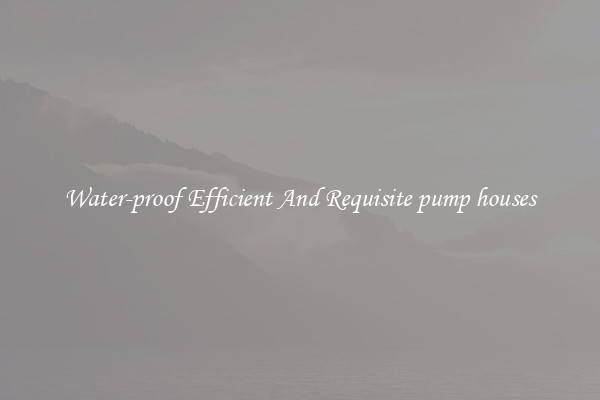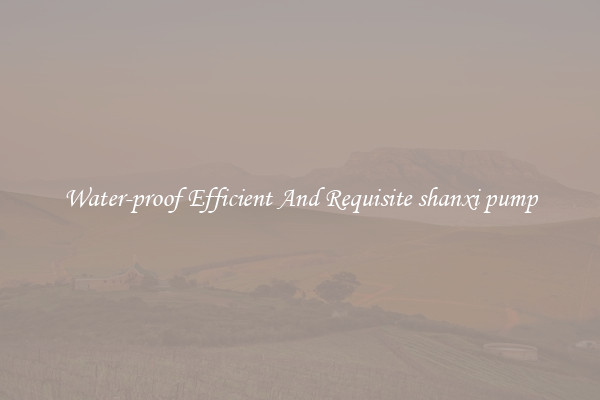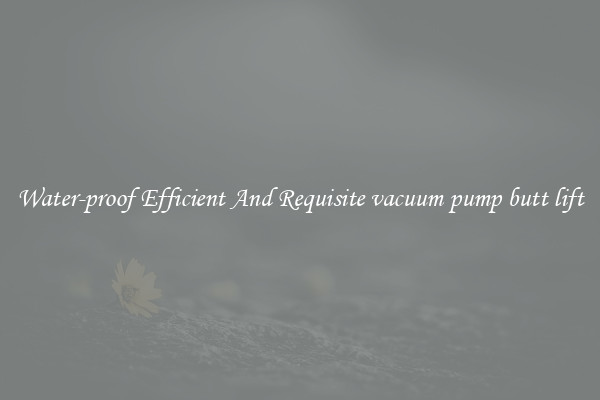Water-proof Efficient And Requisite pump houses
Water-proof Efficient And Requisite Pump Houses

Pump houses play a crucial role in ensuring a steady and reliable supply of water, be it for domestic use or agricultural purposes. One of the key factors in maintaining the efficiency of pump houses is to ensure that they are water-proof. This ensures the protection of the equipment inside from the damaging effects of water and moisture.
Water-proofing is essential because pump houses are usually located close to water sources such as wells, rivers, or lakes. As a result, they are constantly exposed to moisture and water splashes. Without proper water-proofing, the equipment and electrical systems inside the pump houses are at risk of corrosion, rusting, and damage, which can lead to malfunctions and breakdowns.
To make pump houses water-proof, several measures can be taken. One of the most effective ways is to use waterproof materials for the construction of the pump house, such as concrete walls and floors. Concrete is impermeable to water, making it an excellent choice for preventing water seepage. Additionally, a proper drainage system should be in place to redirect any water that may accumulate around the pump house.
Another important aspect of water-proofing pump houses is sealing all entry points for water. This includes sealing cracks or gaps in walls, floors, and windows. Waterproof sealants can be applied to these areas to provide an extra layer of protection against water infiltration. Additionally, installing water-resistant doors and windows can further enhance the water-proofing of the pump house, ensuring that water cannot enter through these openings.
Efficiency is another essential factor to consider when it comes to pump houses. The layout and design of the pump house should be optimized for easy access and maintenance. The equipment should be arranged in a way that allows for efficient operation and quick troubleshooting. This includes providing ample space for maintenance personnel to maneuver and access the equipment easily.
In addition to efficiency, the design of pump houses should also meet the required specifications for the particular pumps and equipment being used. The size, capacity, and flow rate of the pumps should be carefully considered to ensure that the pump house can accommodate them properly. Moreover, proper ventilation should be provided to prevent the accumulation of heat and moisture, which can affect the performance of the equipment.
Finally, pump houses should be equipped with the requisite safety features. These can include emergency shut-off switches, fire extinguishers, and adequate lighting. Regular inspections and maintenance should be conducted to ensure that all safety measures are in place and in good working condition.
In conclusion, water-proof efficient and requisite pump houses are crucial for ensuring a reliable and uninterrupted water supply. Water-proofing measures such as using waterproof materials, sealing entry points, and providing proper drainage are essential to protect the equipment from damage. Moreover, optimizing the layout and design of the pump house, as well as incorporating safety features, further enhances its functionality. By investing in the proper design, construction, and maintenance of pump houses, we can have a water supply system that is both efficient and reliable.

View details

View details

View details

View details








